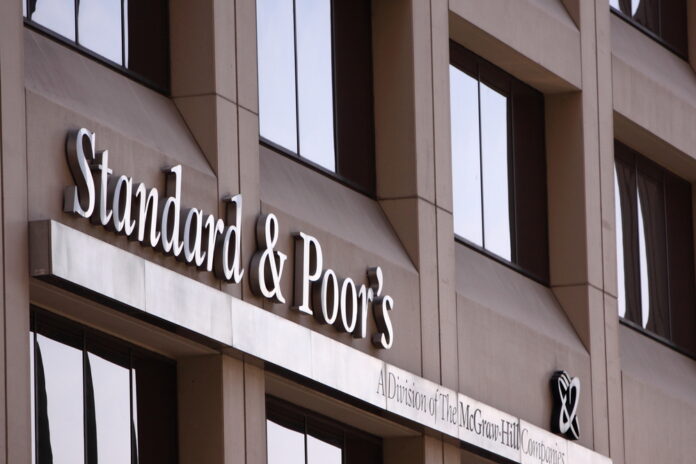The country’ local output expansion, measured as the gross domestic product (GDP), is forecast to accelerate to 5.9 percent this year from last year’s 5.6 percent, the sovereign credit watcher Standard and Poor’s said in commentaries published at its website.
This compares against official forecast this year when output expansion is seen averaging a low 6 percent to as high at 7 percent.
The projected expansion, S&P said, is seen accelerated further in 2025 to 6.2 percent and in 2026 to 6.5 percent before moderating the following year to 6.4 percent.
This develops as lenders like Banco de Oro Universal Bank hatch operational plans this year on the basis of economic growth averaging six percent to seven percent consistent with government projections.
In commentaries the sovereign credit watcher released only this week, the country’s performance will likely be eclipsed only by Vietnam’s 6.1 percent output growth this year seen sustained higher next year and the year after to 6.7 percent.
Thailand’s economy which grew 1.9 percent last year is seen expanding 3.9 percent this year while Malaysia’s 3.7 percent performance was seen picking up pace this year to 4.3 percent. Singapore’s 1.1 percent expansion last year was plotted averaging only 2.2 percent this year.
BDO Unibank president and chief executive officer Nestor V. Tan said even at the projected expansion of up to seven percent, the country’s projected growth path is still seen to be among the fastest in the region.
Tan noted the March inflation print of 3.7 percent was consistent with expectations even though the Bangko Sentral ng Pilipinas (BSP) itself project inflation to push past 4 percent by mid-year before coming around to within-target level of two to four percent towards yearend.
The Philippines posted growth averaging 5.6 percent in the fourth quarter last year, slower than growth of 6 percent a quarter earlier but one that sustained a series of quarterly expansions 11 times thus far, based on data from the Philippine Statistics Authority.
GDP expansion of 5.6 percent last year markedly slowed from growth averaging 7.6 percent the year before, PSA data show.
Bank rating across Asia-Pacific is seen stable throughout the year no matter persistent risks such as higher interest rates and lower growth in most jurisdictions and continuing high public as well as private sector debt, S&P said.
“In the past year, profitability for most banks was boosted mainly because of the interest margins benefit associated with higher interest rates. While this also contributed to incrementally higher credit losses for some banks, these were of a magnitude that could be absorbed at current rating levels. We do, however, anticipate that some banks may ultimately be challenged to maintain asset quality metrics if interest rates remain elevated above our base case and weigh down further than we expect on economic growth prospects,” the credit watchdog said.
Local lender BDO Unibank reported slightly better metrics in the first quarter this year averaging 4.63 percent this year from 4.58 percent a quarter earlier in terms of the net interest margin.
In 2023, this averaged 0.5 percent higher to 4.65 percent from only 4.14 percent the year before.
Return on common equity sustained a slight deterioration at the bank in the first quarter this year to only 14.33 percent from 14.45 percent a quarter earlier.
But last year, BDO Unibank’s return on common equity improved 2.1 percent to 15.2 percent from 13 percent and its cost to income similarly improved to 58 percent from 59.4 percent. Its bad loans ratio improved to only 1.85 percent from 1.95 percent.
The World Bank earlier projected growth across the USD404-billion Philippine economy averaging 5.8 percent this year while the Manila-based Asian Development Bank forecast slower growth averaging only 6 percent from 6.2 percent.







